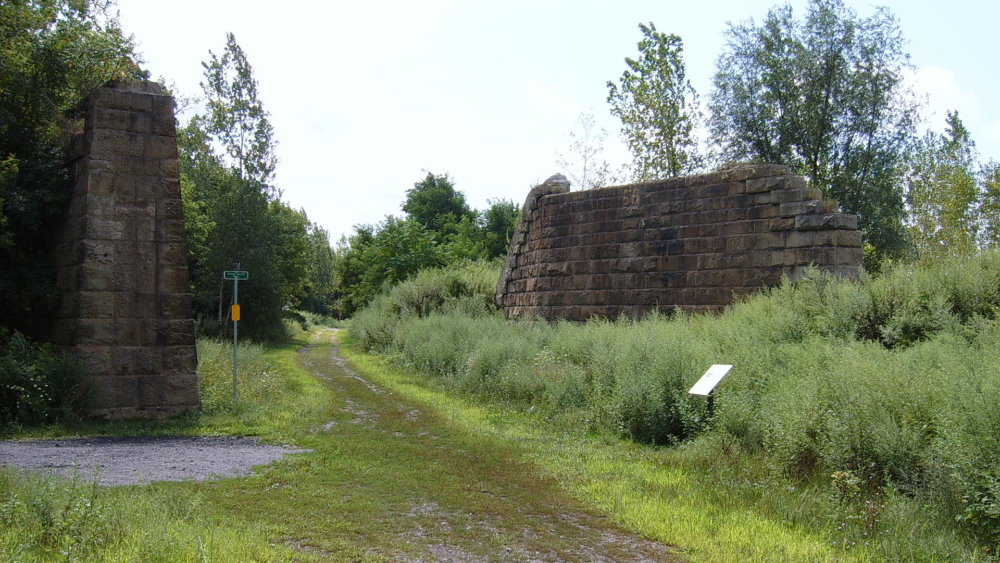Walking through Wales, an act of gratitude
Milton Lever follows in the footsteps of a Bible pioneer Mary Jones
In May, the allure to walk the Mary Jones 26-mile trail induced me to catch a train and bus to mid-north Wales after flying to Manchester.
Fuelled by her faith, Mary was just one person whose influence has been massive.
I felt this pilgrimage was spiritually important for me so I could visit where local Welsh faith had been so strong. I even imagined the Holy Spirit floating in the air.
I am so thrilled when I find people dedicated to the Bible and Mary Jones was a young woman who, in 1800, ignited the next two centuries of Bible translations.
The modest action of this 15-year-old initiator from Wales was the catalyst for so many to have closer communications with God.
Fuelled by her faith, Mary was just one person whose influence has been massive. I believe the message of her impact relates to each of us – we are really important, and our lives can greatly influence others into the future. So, there is no point in being a secret Christian. ‘Keep telling others’ is my motto.
Walking is fun, and this walk in Wales takes two or three days. Strolling through green Welsh valleys, with cows and sheep, I found it could be wonderful and sunny, wet or snowing. I got lost half the time but information boards and path markers appeared occasionally.
“And if for the kingdom, why not for the world?”
The Mary Jones trail can feel like long but easy walking, and its close enough to public transport for a daily ride to and from chosen accommodation if you plan your trip. Also, walkers are not far from farm-house locals who may give you a lift if you pay them enough. Gentle cows are inquisitive but, according to figures from the Health and Safety Executive (HSE), 74 people have been killed by cows in England in the past 15 years. So, don’t pat them.
As I walked the Welsh countryside, I thought about how, in 1800, teenager Mary was determined to own her own Bible in the Welsh language. She had saved money for six years.
She walked from her isolated home to the regional centre of Bala, so she could hold God’s written word. More than 200 years ago, Bala’s Bible distributor sold Mary Jones three Bibles for the price of one. Remember well that this was a time when many people could not read and adults attended Sunday schools to listen to preachers.
During a Religious Tract Society meeting in 1802, Mary’s dedication influenced a minister to ask a provocative question about Bible distribution: ‘If for Wales, why not for the kingdom? And if for the kingdom, why not for the world?’
I have used every opportunity to tell people about this organisation …
Two years later, at Bishopsgate’s London Tavern in 1804, William Wilberforce and campaign groups formed the British and Foreign Bible Society.
Upon returning to Australia after my Welsh walk, I have used every opportunity to tell people about this organisation, which is now know as Bible Society. It works with more than 140 sister Bible Societies around the world (such as Bible Society Australia). It is interdenominational and exists to encourage the “wider circulation and use” of the Bible “without note or comment”.
I stayed in the cheap, clean, Bala Backpackers, where I stored my luggage and spent time in Byd Mary Jones World, an expensive state-of-the-art Bible Society Visitors’ Centre in converted St Beuno’s Church, which has been a place of Christian worship since the 6th century. It has interactive displays, videos, exhibits and artefacts, hands-on activities, and receives about 4,000 visitors during seven months of each year when it is open – and warmer.
Interested visitors can easily spend a whole afternoon pressing buttons and reading interactive screens in the centre. The grave of the young Bible distributor is outside.
One of the centre’s display boards caught my attention: ‘The books of the Bible were originally written by hand in Hebrew or Greek. The earliest form of writing was called Cuneiform. Later there were hieroglyphics as used by the Egyptians before the letters and words that we recognise today came into use in Europe. When another copy of a Bible was needed, it had to be copied by hand, a long and laborious process. Much of this work was done by monks who would often spend extra time illustrating large letters at the beginning of a chapter. When the printing press was invented, producing copies was still slow but much quicker than by hand. Improvements in printing presses and the advent of computerised digital printing have dramatically speeded up the process of producing Bibles.”
No one really knows how many copies of the Bible have been printed, sold, or distributed during the past two centuries. In 1992, the Bible Society estimated that six billion had been produced in more than 2,000 languages and dialects.
Whatever the actual number of Bibles published, one young Welsh girl deserves credit. Being able to walk her Welsh path to a Bible of her own is one pleasant way to display our gratitude.

